In the world of home appliances, there’s often a certain intimacy we develop with the machines that work tirelessly to maintain our comfort. From the hum of the refrigerator to the warmth of a dishwasher’s steam, these devices become silent companions in our daily lives.
My name is Mannan Wasif, and I’m a troubleshooter, a problem solver, and your go-to guide for all things related to dehumidifiers. And today, I’m here to address a common question that has puzzled many: “Why does my dehumidifier blow hot air?“
Before we dive into the intricacies of dehumidifiers and the mysteries of their warm exhalations, let me extend a warm welcome to you, dear reader. Just as you entrust your dehumidifier with the task of maintaining your home’s ideal humidity levels, I hope you’ll entrust me with the responsibility of unraveling the secrets behind this phenomenon.
Together, we’ll embark on a journey to understand the workings of these essential household devices and decode the reasons behind their unexpected behavior.
How Do Dehumidifiers work?
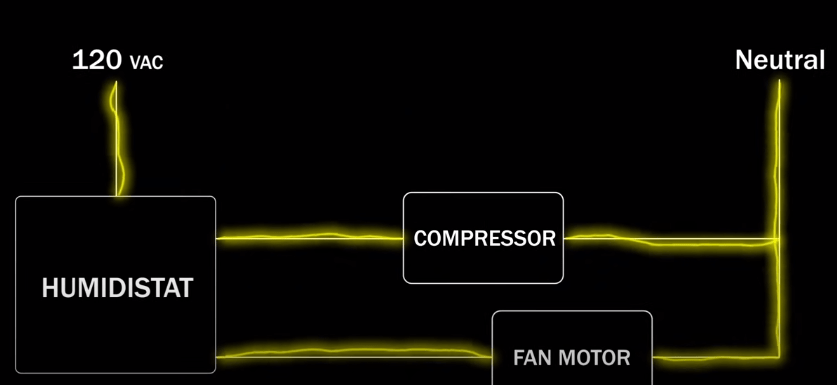
The working mechanism of a dehumidifier largely depends on its specific model, with refrigeration and absorption being the two most common processes. Let’s take a closer look at each:
1. Refrigeration
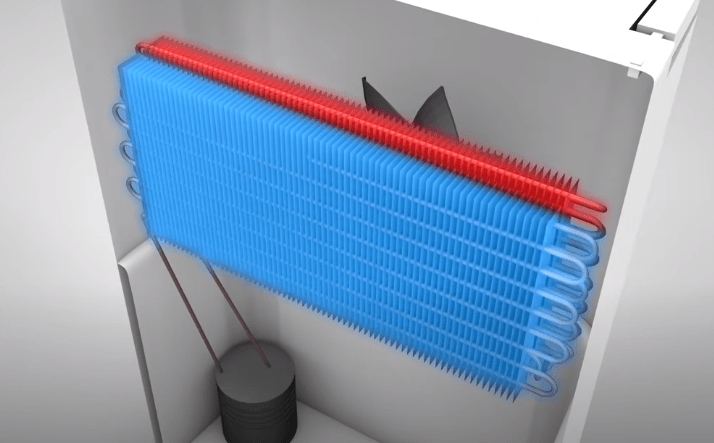
- Cooling Process: Dehumidifiers that utilize refrigeration function in a manner similar to refrigerators. They employ coils, often equipped with grilles for moisture collection. Electric fans draw air into the unit, and as it passes over frozen coils, the air cools.
- Moisture Evaporation: The warm air’s moisture starts to evaporate as it cools down, forming liquid droplets that collect in the dehumidifier’s tank.
- Return to Room Temperature: After moisture removal, the air is passed over a hot compressor to return it to its original temperature.
- Continuous Process: This cycle continues as long as the dehumidifier’s tank or bucket is full.
2. Absorption or Adsorption
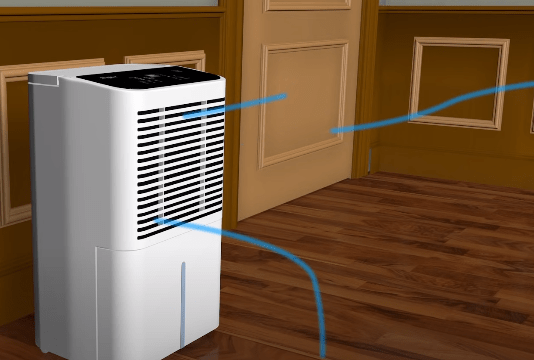
- Desiccant Dehumidification: Some dehumidifiers use desiccant materials, such as silica gel, to extract moisture from the air. These materials pull moisture to their surface.
The research delves into a composite desiccant dehumidifier composed of a blend of inert and desiccant materials. It establishes a comprehensive heat and mass transfer model that encompasses both gas-side and solid-side resistances. The model factors in gas-phase diffusion and surface diffusion for mass transport. The study evaluates the efficacy of moisture removal and heat transfer in the adsorption and desorption processes during a single blow operation, employing diverse compositions and thermophysical properties of silica gel and inert materials.
- Air Splitting: The process involves splitting the air into two parts: one portion circulates as dry air, while the other regenerates the desiccant material.
- Reheating the Air: To warm the air, it’s exposed to a heater as it exits the system. The rotor slowly rotates to maintain the dehumidification process.
Why Does Dehumidifier Blow Hot Air?
Now, let’s tackle the burning question: why does your dehumidifier sometimes blow hot air instead of cool relief? Here are some common culprits:
1. Dusty air filter
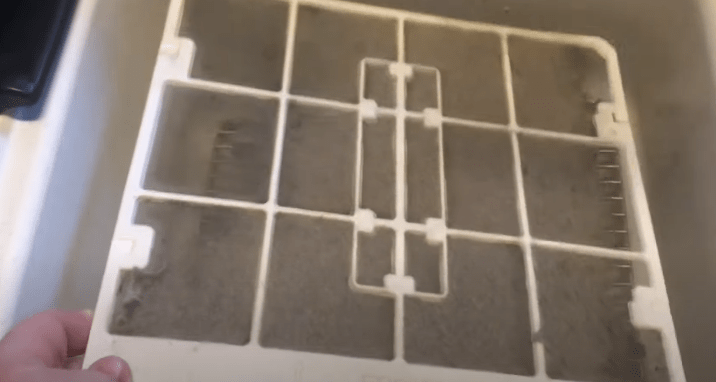
When a dehumidifier operates, it draws air through an air filter to remove dust and particles. Over time, this filter can become clogged with dust and dirt, especially if the dehumidifier is used in environments with higher levels of airborne particles. As the filter becomes clogged, it obstructs the flow of air through the dehumidifier.
Consequently, the condenser coil, responsible for cooling the air, doesn’t receive adequate air circulation. Without proper cooling, the condenser coil can become excessively hot, leading to the air discharged from the dehumidifier being warmer than expected.
2. Dirty evaporator coils
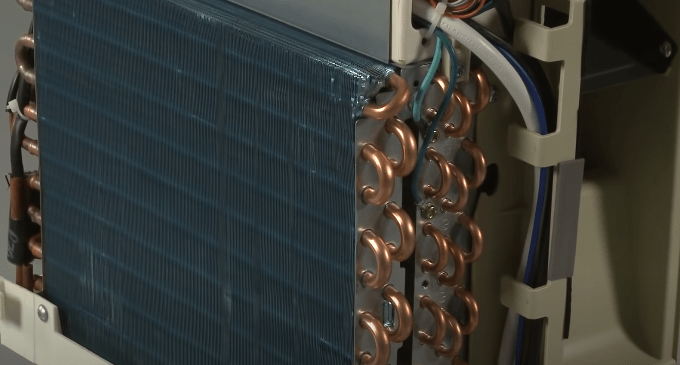
Inside a dehumidifier, the evaporator coils play a crucial role in cooling the incoming air. However, over time, these coils can accumulate a layer of impurities such as dust and grime, particularly in dusty or dirty environments.
When these coils are dirty, they can’t efficiently cool the air passing over them. Consequently, the air exiting the dehumidifier isn’t adequately cooled, resulting in warmer air being emitted into the room.
3. Leaking refrigerant
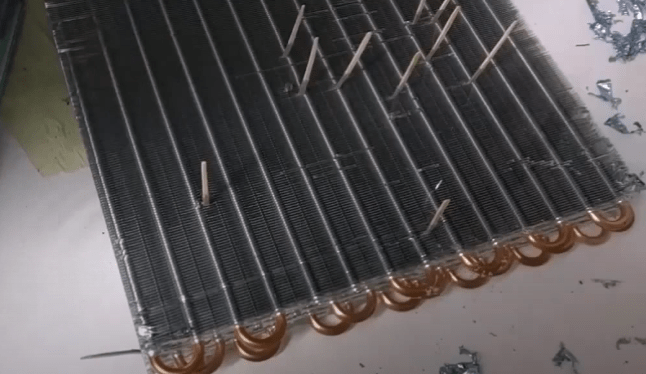
Refrigerant is the substance responsible for the cooling process in many dehumidifiers, similar to how it works in air conditioners. In the event of a refrigerant leak, it reduces both the pressure and the available amount of refrigerant.
With reduced refrigerant, the evaporator coil becomes less effective at cooling the air passing over it. As a result, the air leaving the dehumidifier isn’t adequately cooled, leading to warmer air being discharged.
4. Your dehumidifier is overloaded
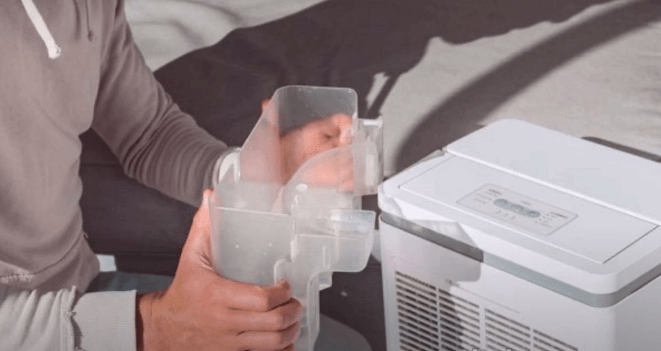
Dehumidifiers have specific capacities for removing moisture from the air within a given timeframe. If the humidity level in the environment suddenly surges or if the dehumidifier is undersized for the space it’s placed in, it may become overloaded.
When overloaded, the dehumidifier has to operate continuously at full power, but it may struggle to remove moisture efficiently. Consequently, the air may not undergo proper cooling, and the temperature of the discharged air can rise, making it feel hotter.
5. The water bucket is full
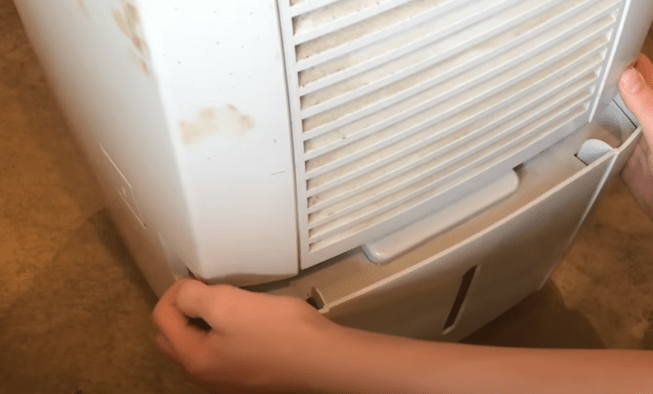
Modern dehumidifiers often come equipped with sensors that detect when their water collection tank is full. When the tank reaches its capacity, the dehumidifier is designed to automatically shut off to prevent overflow.
However, in some cases, older models or malfunctioning units may not detect the full tank or may continue running even with a full tank. When this occurs, the air passing over the evaporator coil doesn’t undergo proper cooling because the water isn’t being collected. As a result, the air leaving the dehumidifier can be warmer than expected.
6. Damaged components
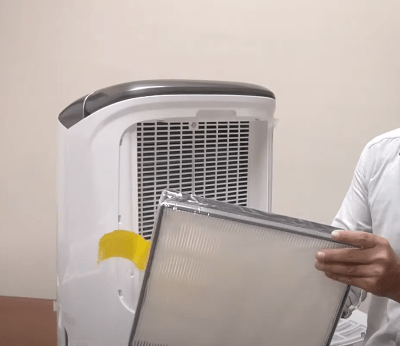
Over time, various components within a dehumidifier can experience wear and tear. This wear and tear can lead to component malfunctions, causing the dehumidifier to operate abnormally.
If certain critical components responsible for cooling the air or regulating its temperature are damaged or malfunctioning, the dehumidifier may emit excessively hot air. Identifying and addressing these issues promptly can help ensure your dehumidifier operates efficiently and maintains a comfortable indoor environment.
Try checking these 6 things if your dehumidifier is producing too much heat
Is your trusty dehumidifier blowing hot air when it should be cooling down your space? Don’t fret; I am here to guide you through the common causes and solutions for this issue.
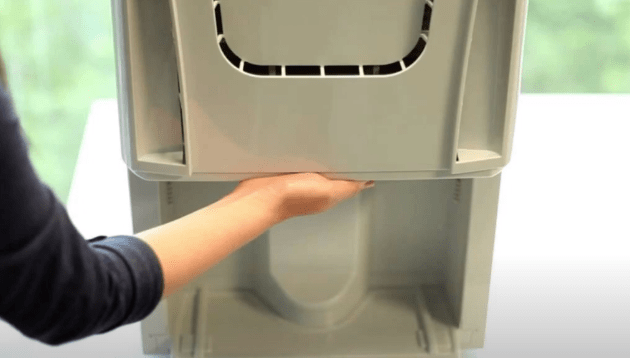
1. Lack of air flow
Proper airflow is vital for the efficient operation of your dehumidifier. If it’s emitting hot air, it could be due to poor airflow. Objects obstructing the air intake or placement too close to walls can make your dehumidifier work harder, resulting in overheating. Try relocating it to the center of the room to improve airflow. If the issue persists, consider having it inspected by a professional to rule out mechanical problems.
2. If dehumidifier has a refrigerant
Dehumidifiers use refrigerant, similar to air conditioners, to cool the air. When refrigerant levels are insufficient, the unit may run hot. If the compressor or motor is overheating, it’s a sign of low refrigerant levels. Some dehumidifiers display error codes in such cases. If your unit runs continuously without shutting off, turn it off and contact a service technician to inspect for leaks. Most likely, the unit will need a refrigerant recharge to resolve the problem.
3. If unit is hot
If your dehumidifier feels uncomfortably hot or appears to be overheating, several factors could be at play. Sometimes, people immediately turn off the unit in response to the heat, fearing a malfunction. In many instances, a stressed compressor simply needs time to cool down. Overworked compressors can lead to the unit seizing up, so it’s essential to give them a break.
Common reasons for a hot dehumidifier include faulty internal electrical components, mechanical problems, issues with the motor or fan compressor, overuse of a small unit in a larger room, and electrical problems causing the control board to overheat. Most dehumidifiers generate error codes when they encounter issues, so consult your unit’s manual to identify potential problems.
4. Broken dehumidifier components
A malfunctioning dehumidifier component can disrupt the unit’s ability to maintain proper humidity levels, resulting in less effective moisture removal and the emission of hot air.
5. Tray is full
Dehumidifiers often have safeguards in place to shut off automatically when the water collection tray is full. However, in some cases, these safety features may fail to work correctly. If the unit continues operating with a full tray, it can lead to hot air being blown into the room. To rectify this, turn off the device, empty and clean the tray, then restart it.
6. Wrong humidity settings
Indoor spaces naturally have varying humidity levels. To maintain a comfortable temperature and humidity, it’s essential to adjust your dehumidifier’s settings accordingly. If the settings aren’t aligned with the room’s humidity level, the dehumidifier may work excessively, generating extra heat.
Conclusion
In conclusion, dehumidifiers emitting warm air is typically a normal part of their operation. However, if your dehumidifier blows air hotter than 90 degrees Fahrenheit, it may indicate issues such as damaged evaporative coils, component malfunctions, or a full water tank. Thankfully, many of these problems can be addressed with some troubleshooting.
Remember, while dehumidifiers can contribute to lower humidity levels, excessive operation can lead to overly dry air. So, keep an eye on your unit’s settings to ensure a comfortable and healthy indoor environment.

He is a mechanical engineer & our expert team member with over four years of experience who provides comprehensive and informative guides on various home improvement topics. From DIY projects to professional installations, he strives to give readers the knowledge and tools they need to make informed decisions and successfully complete their home improvement projects.
His goal is to empower homeowners to create the home of their dreams, while also increasing the value and functionality of their property. Whether you’re a first-time homeowner or a seasoned renovator, he has something for everyone.
